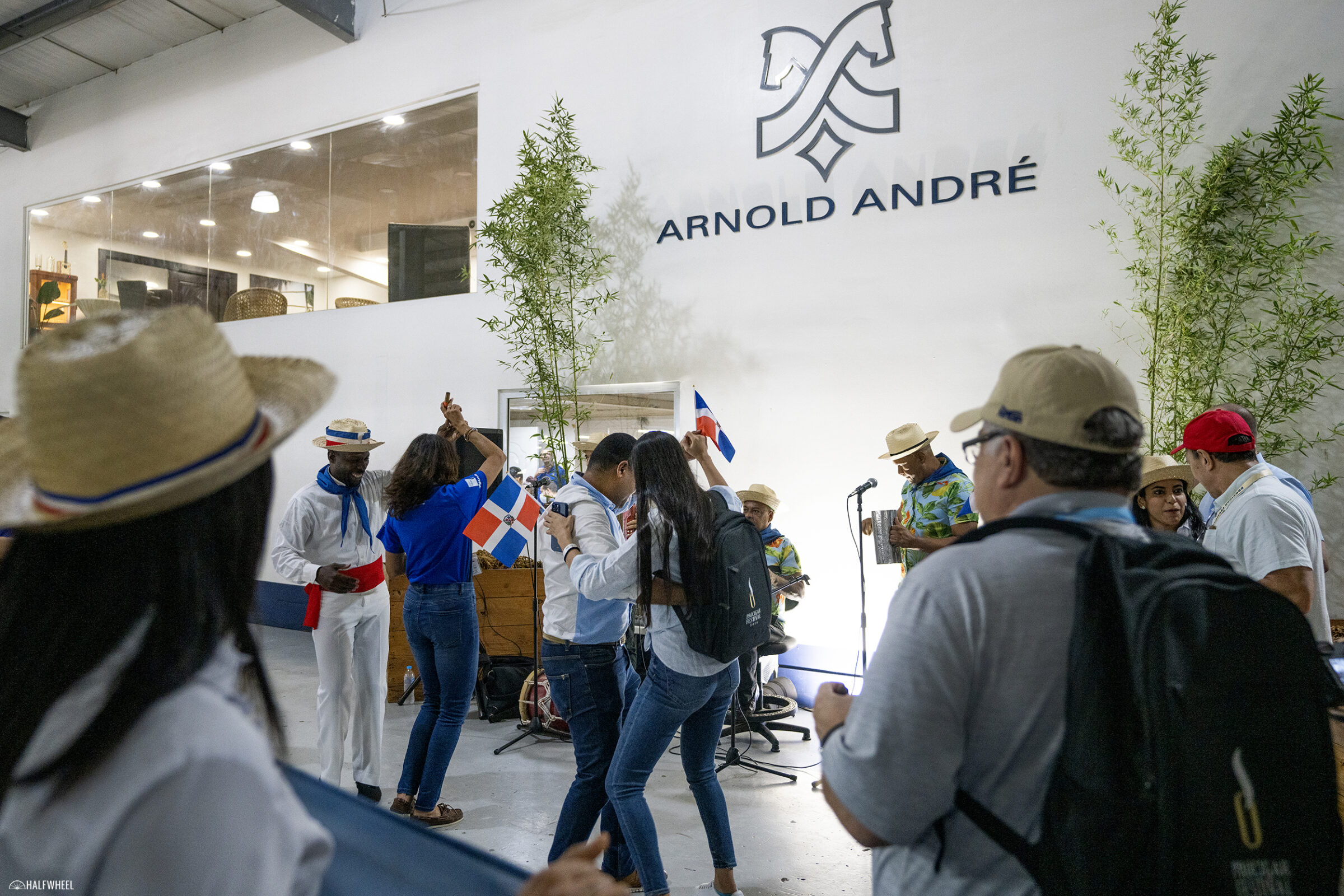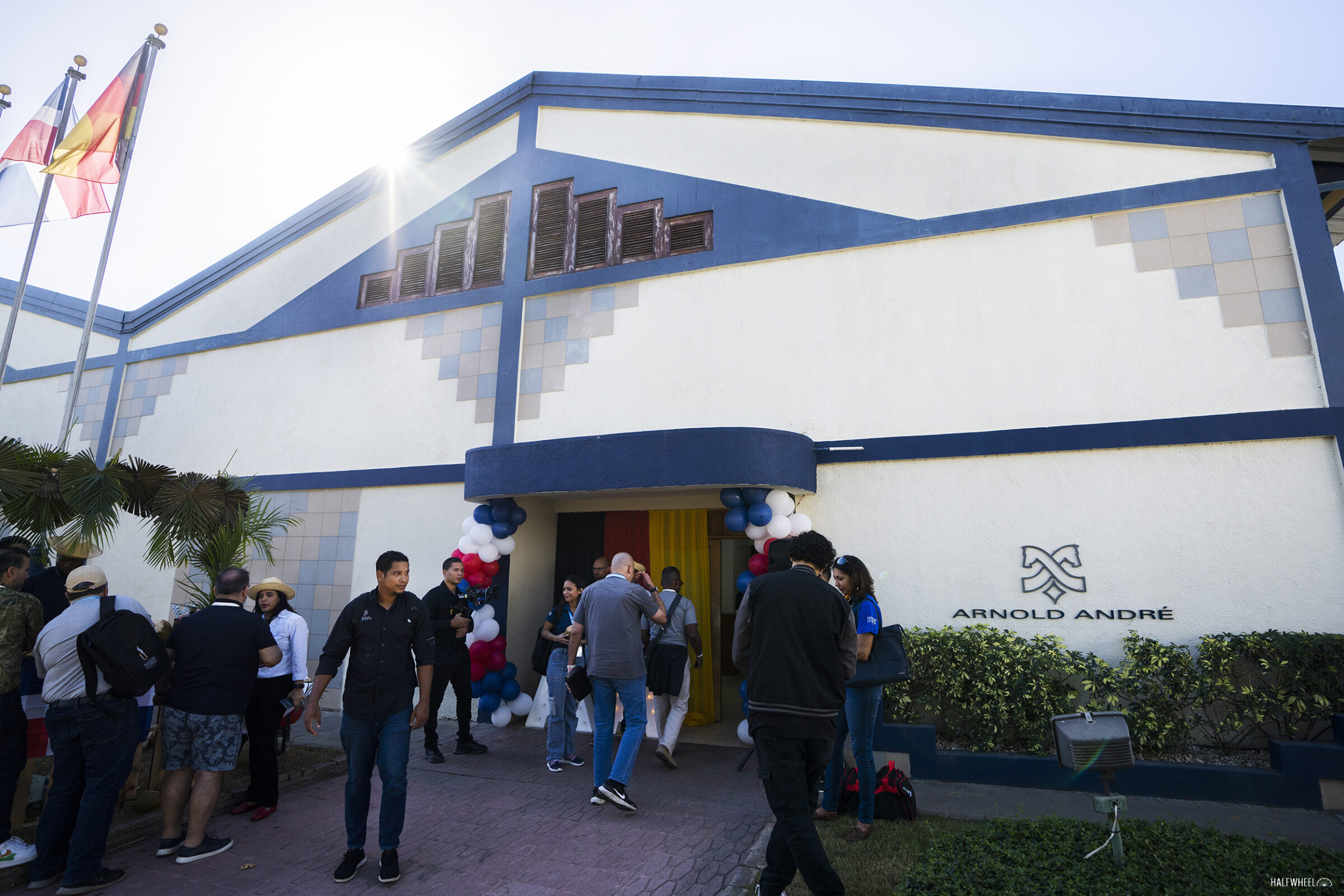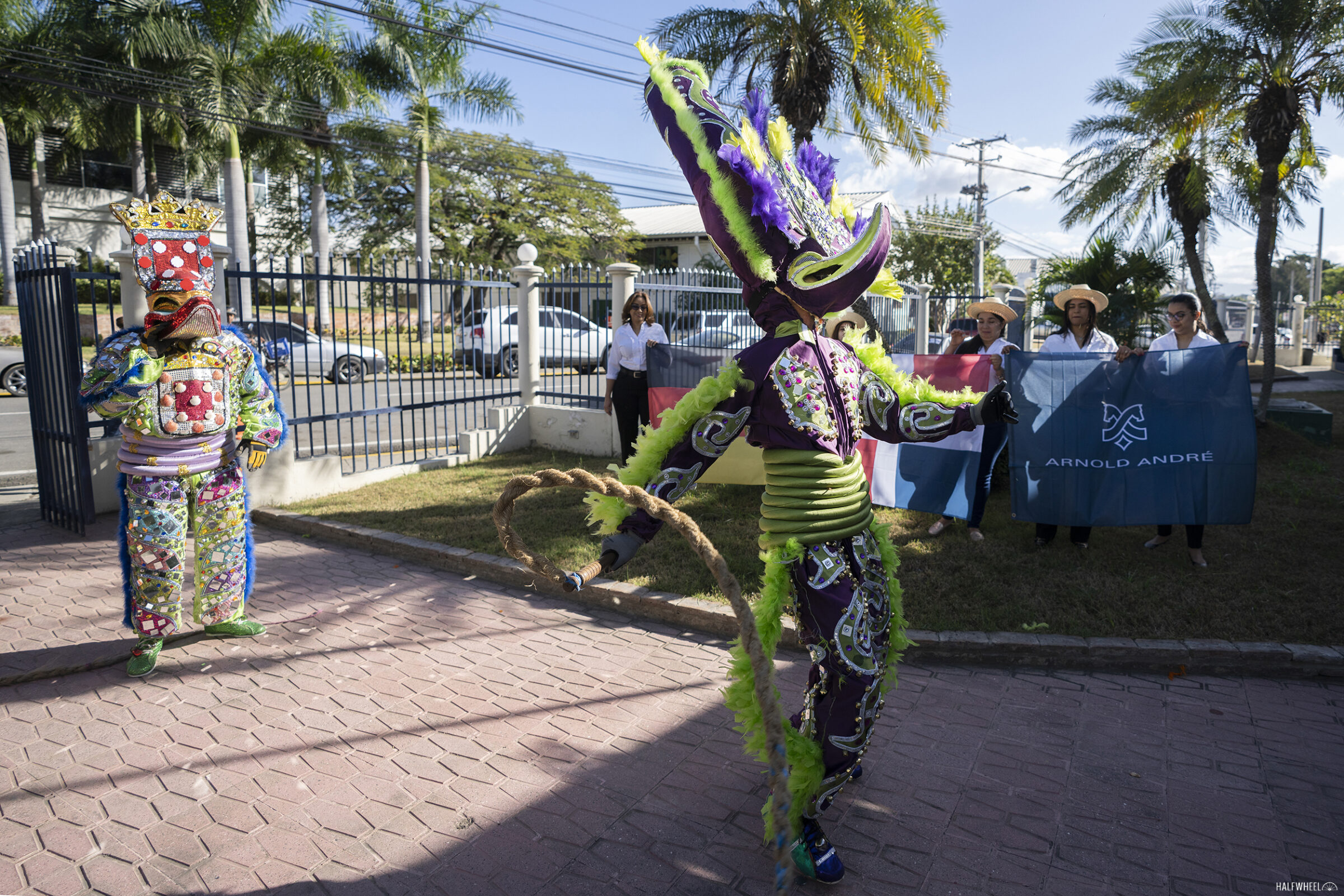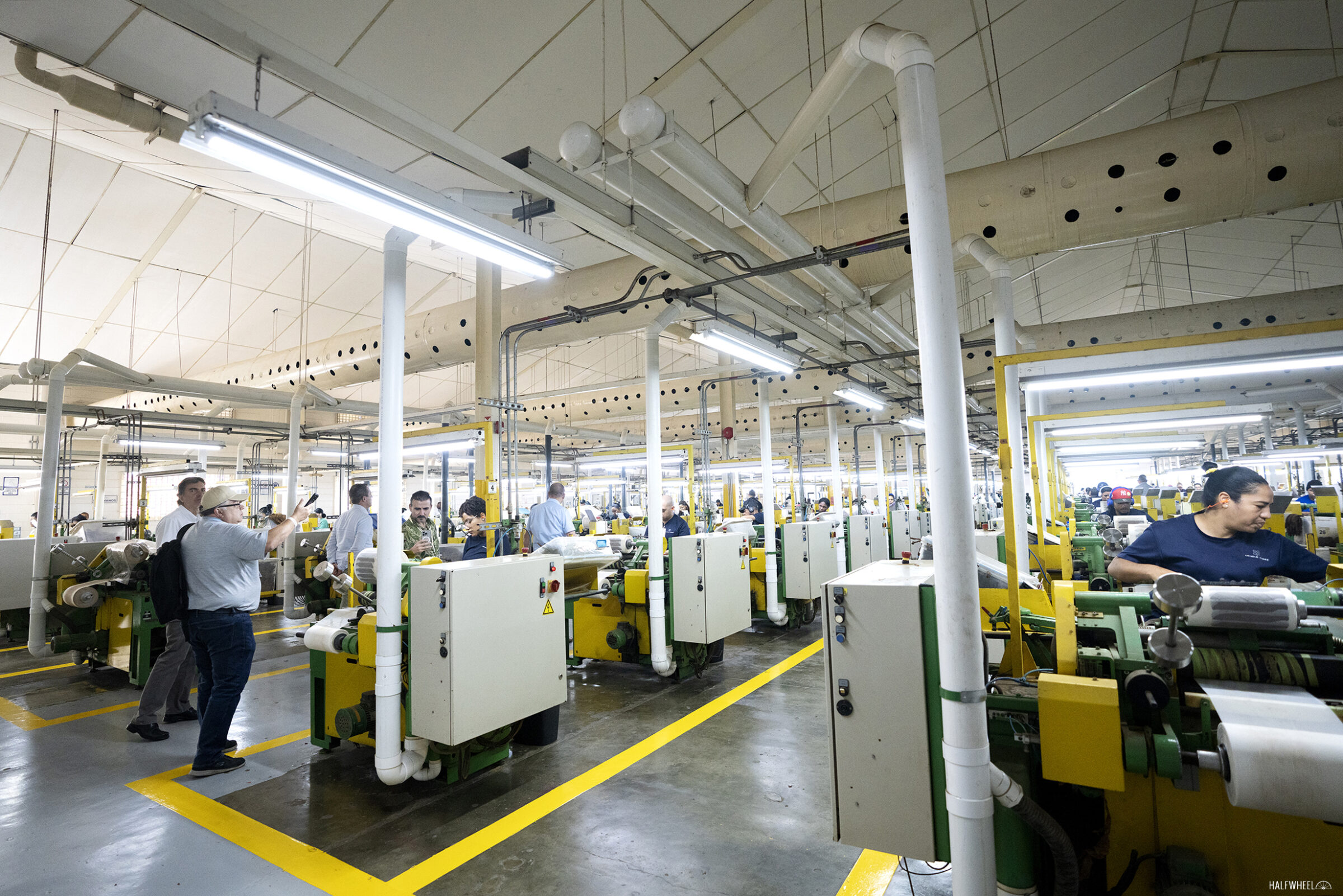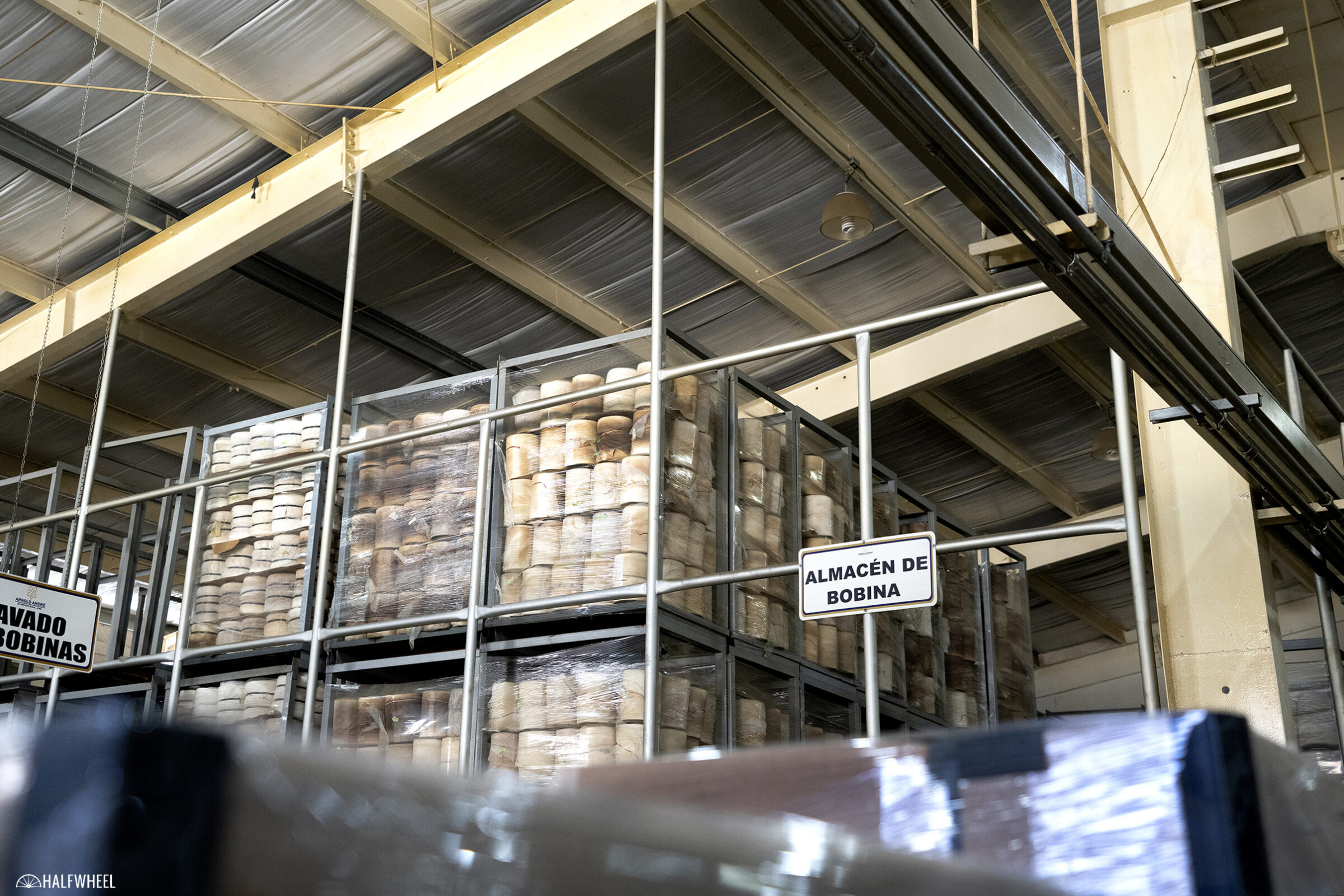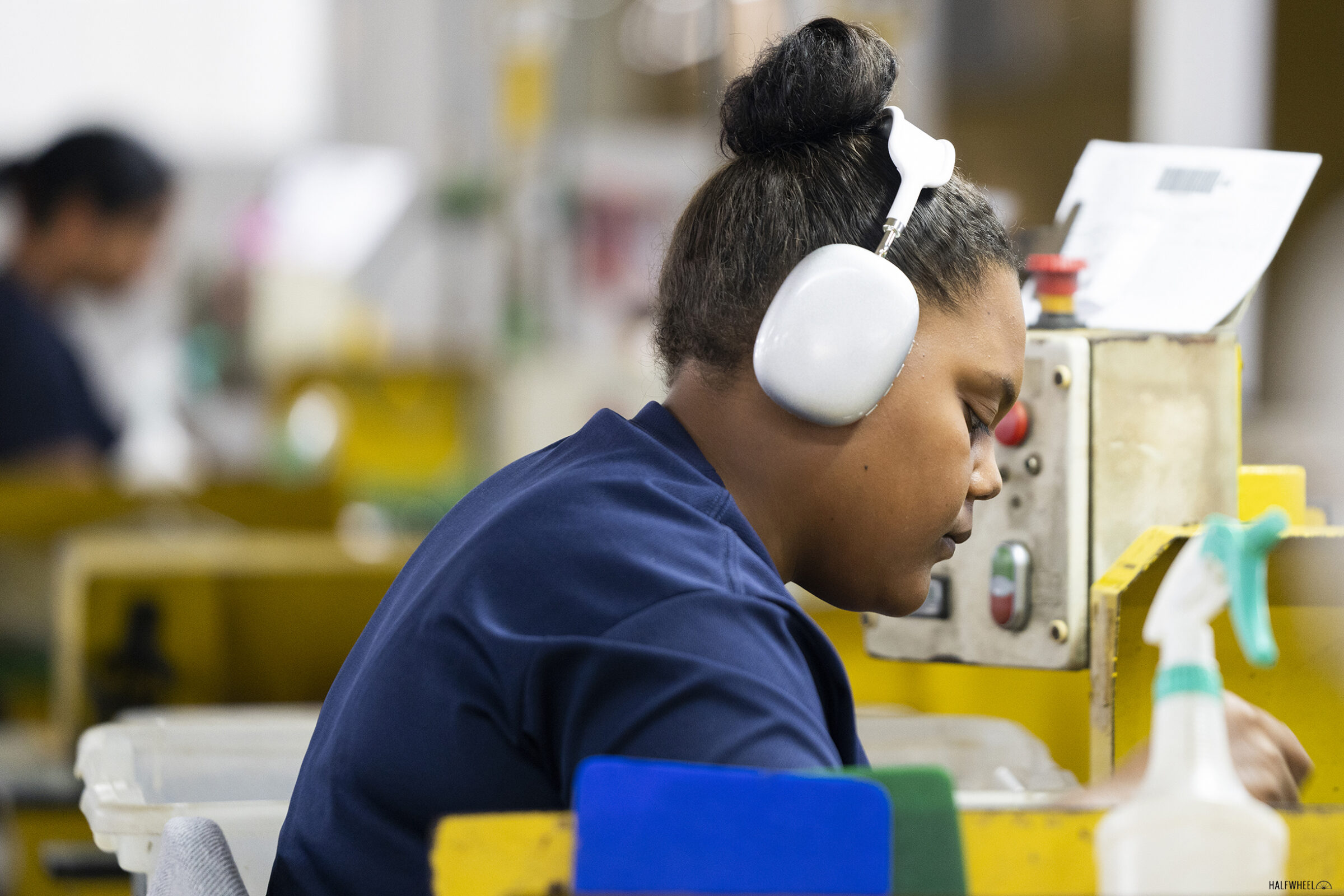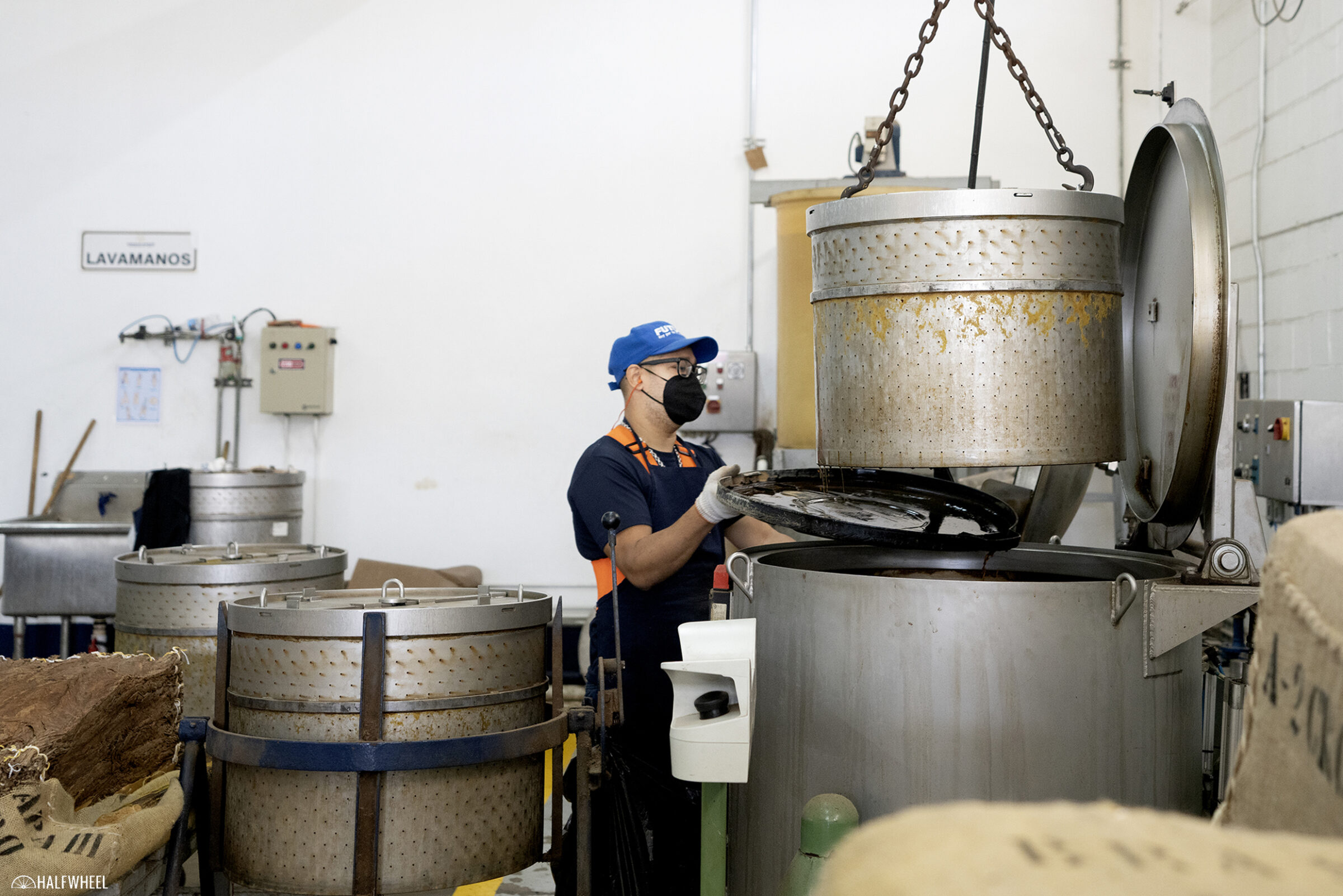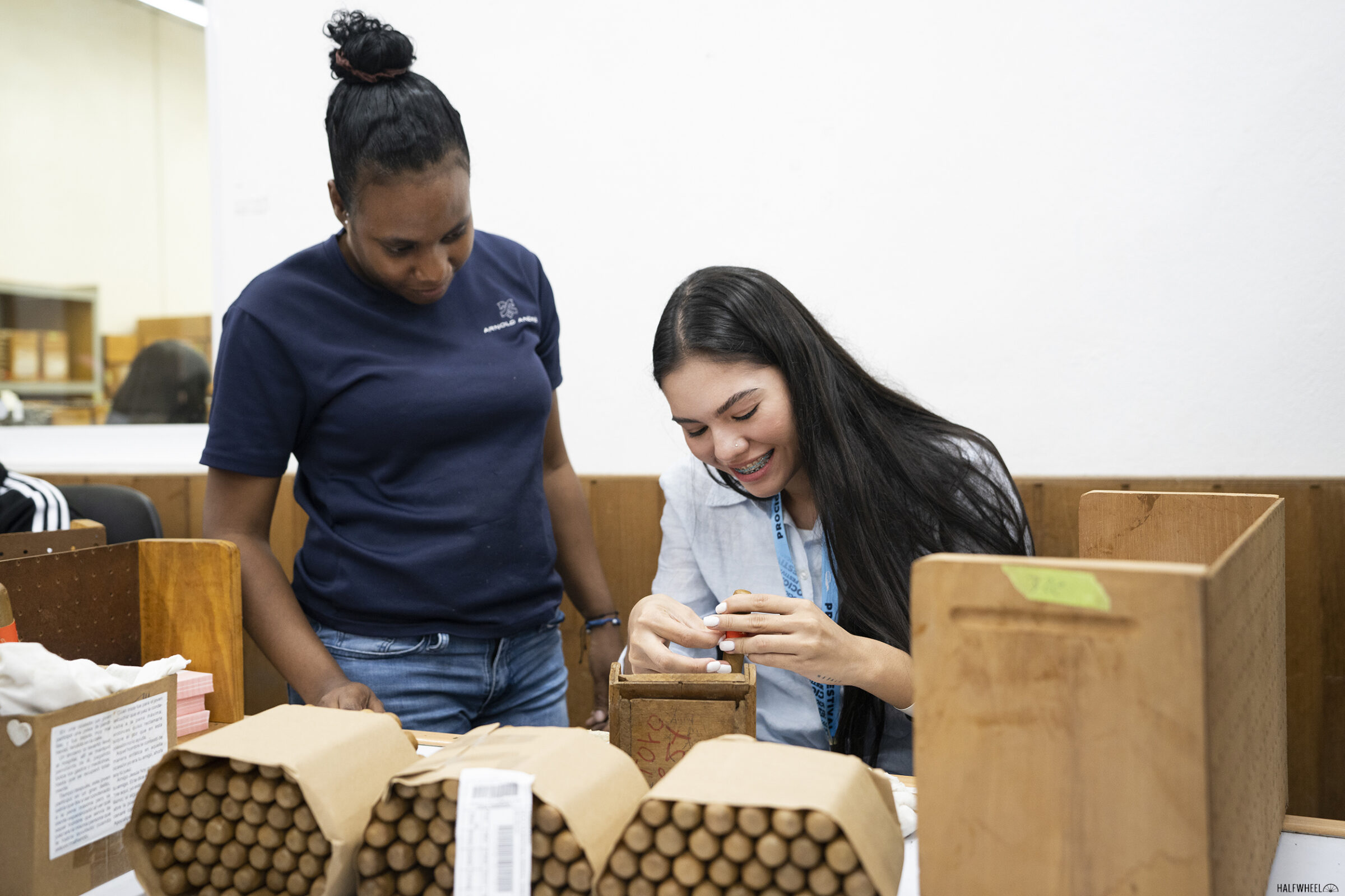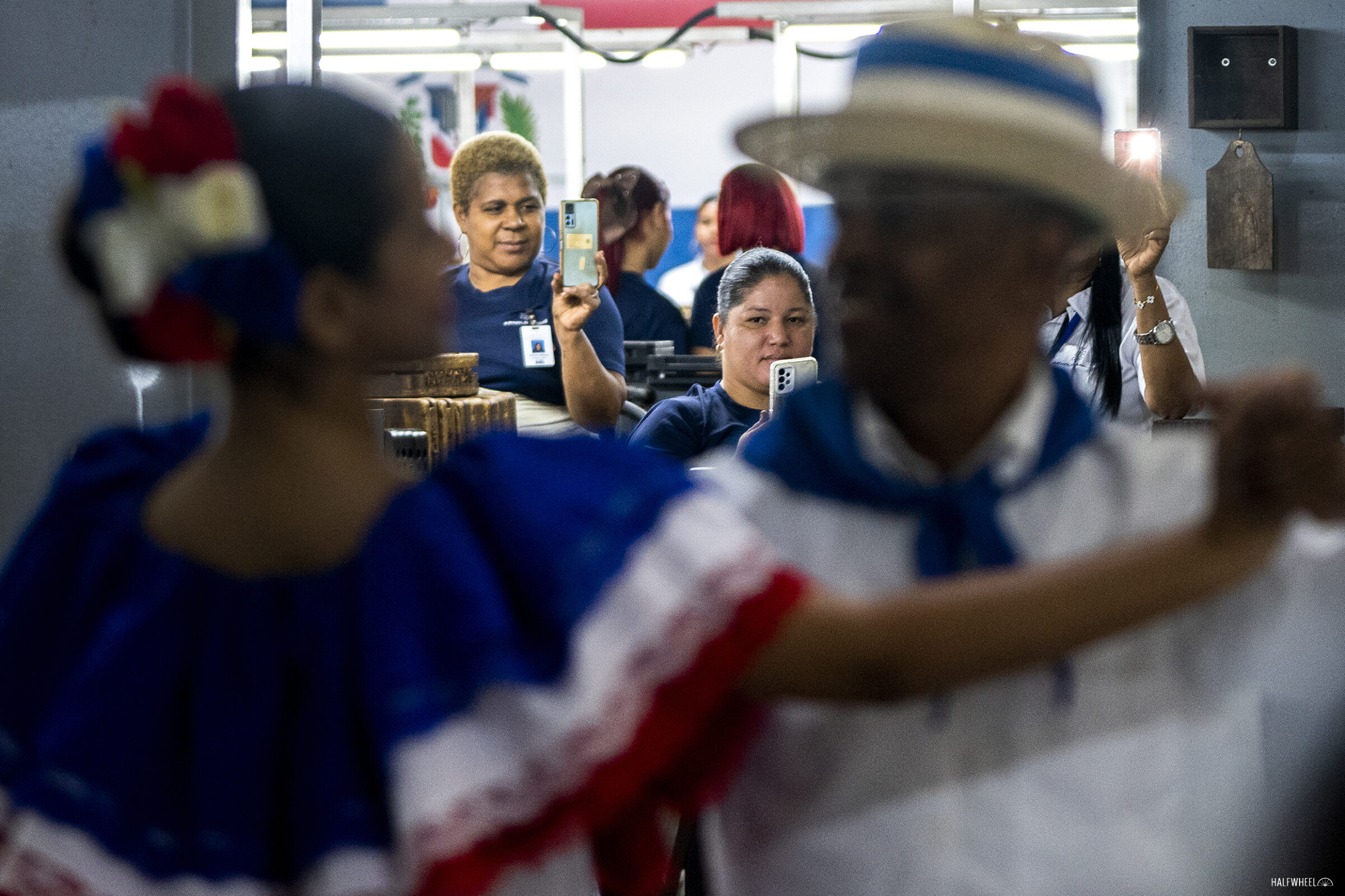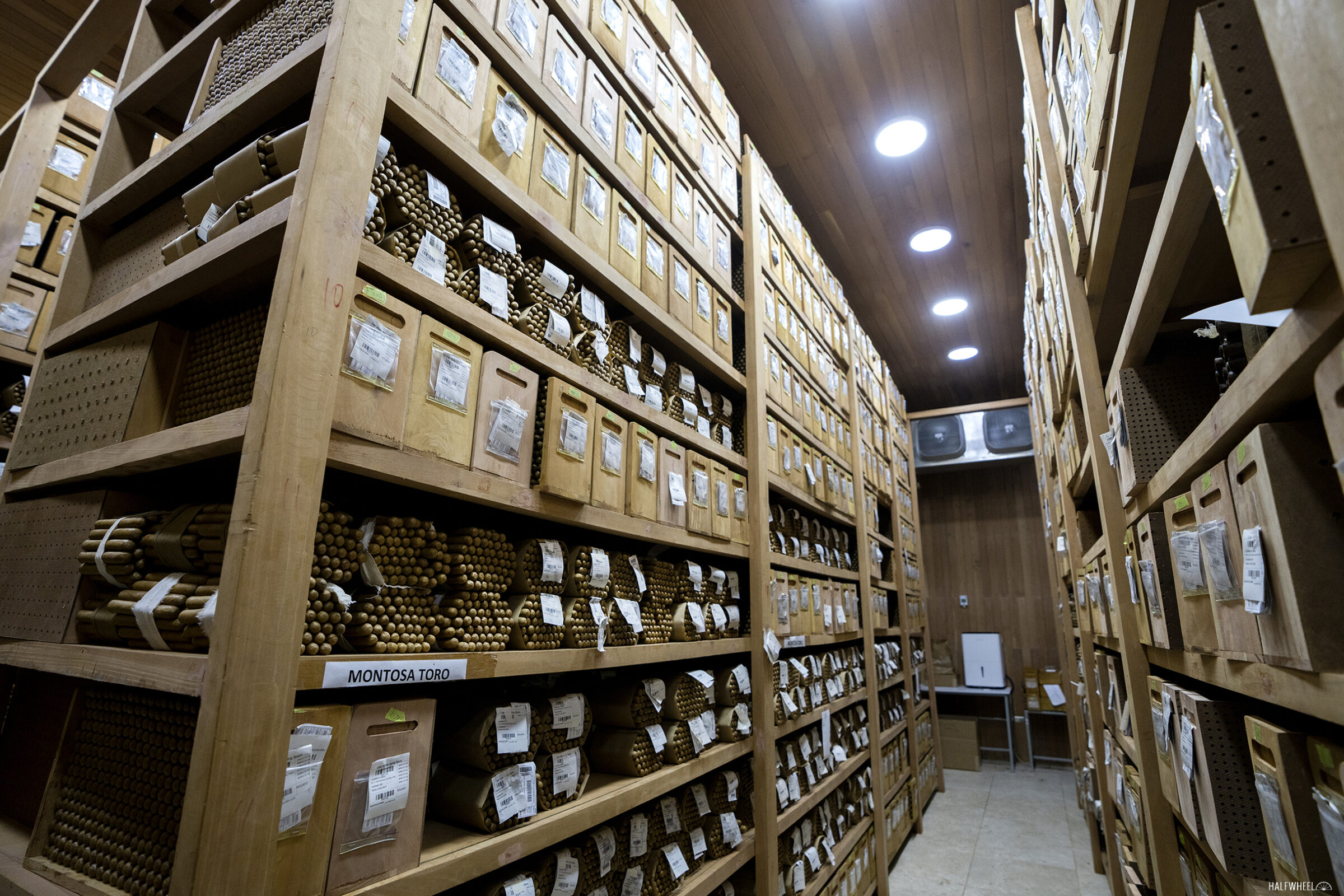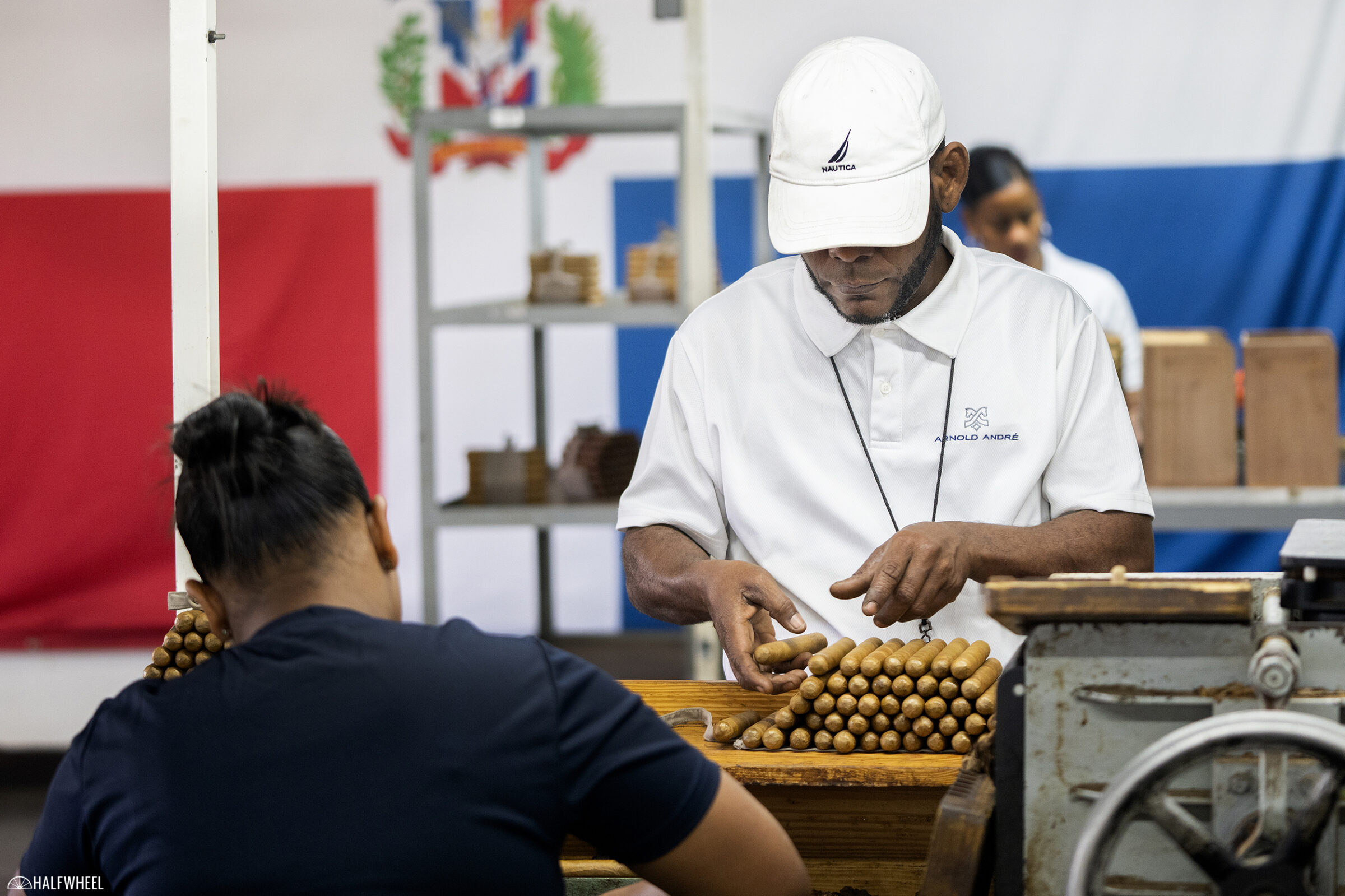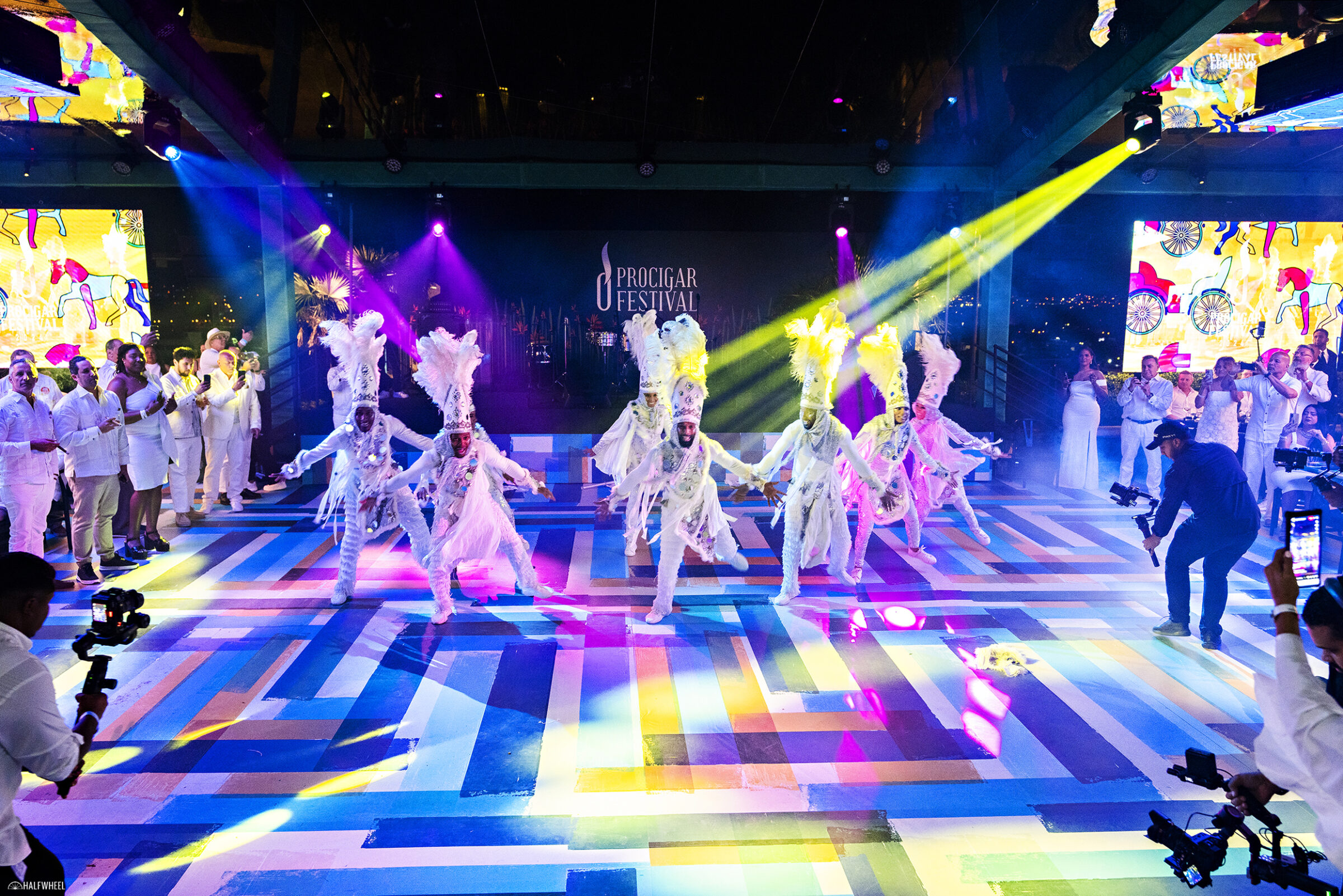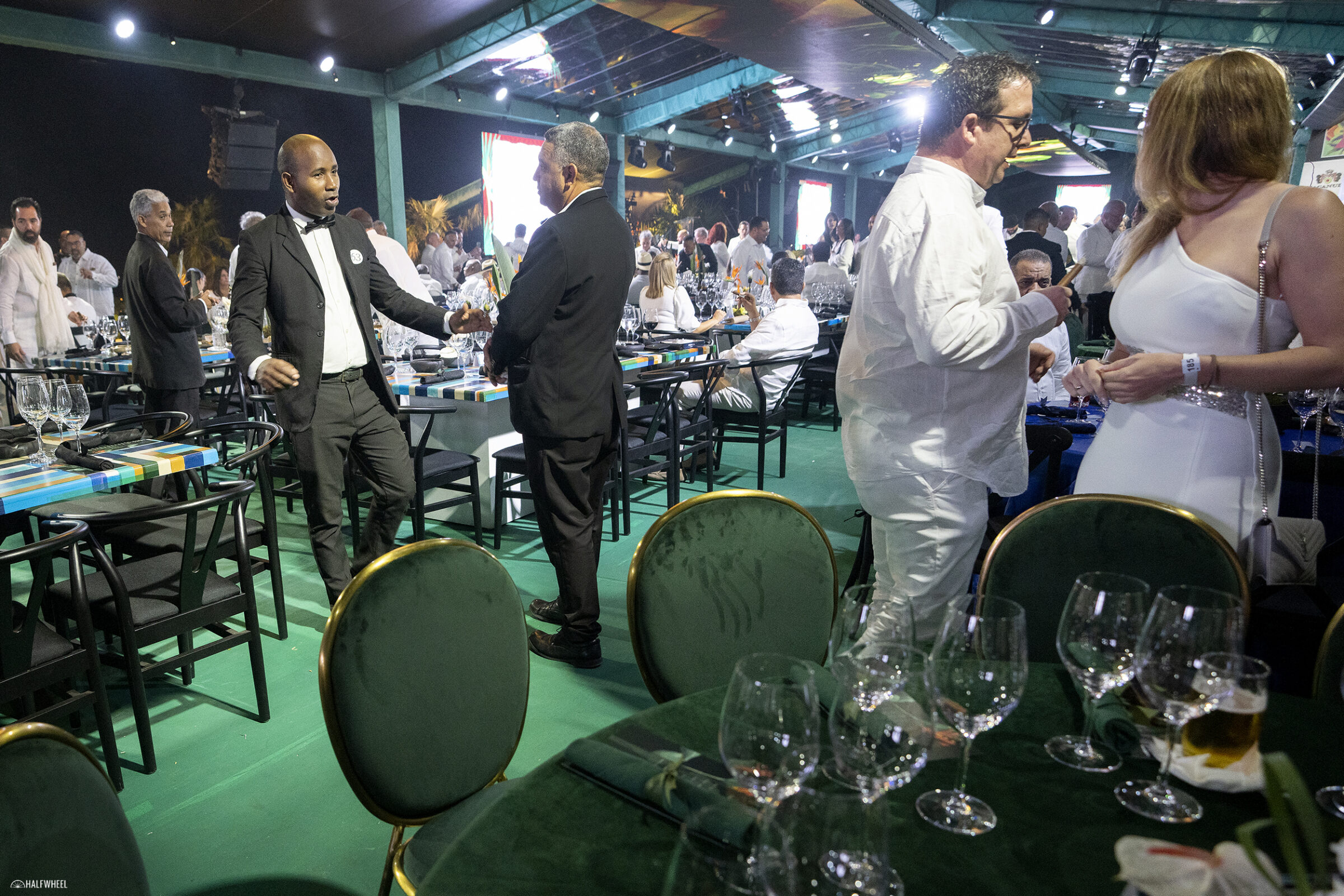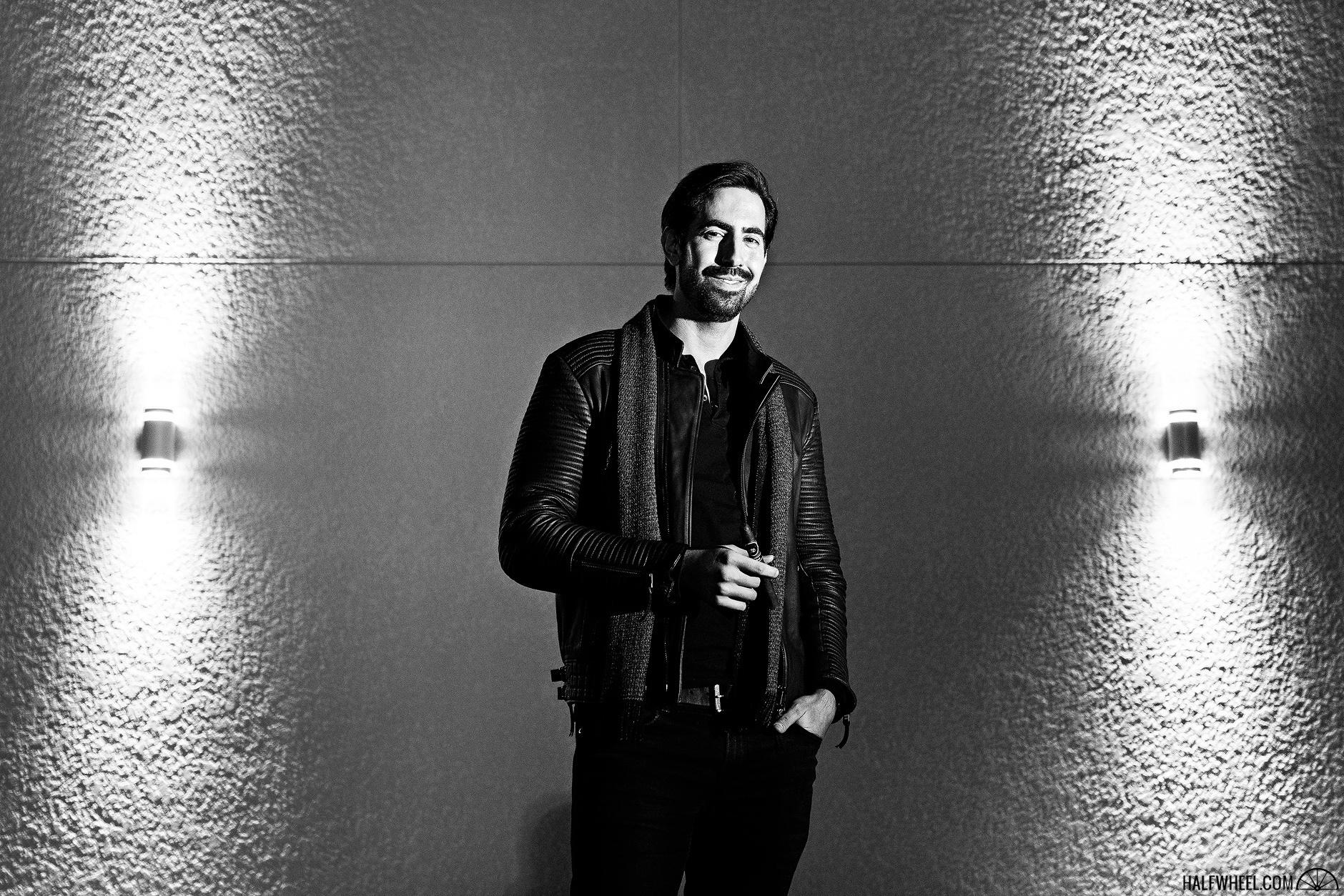The first time I heard the name “Arnold André” was in 2012 when I attended InterTabac, a European tobacco trade show in Dortmund, Germany, for the first time. That first visit to Dortmund was an eye-opening experience. On one hand, many of the cigar brands I saw—Arturo Fuente, Davidoff, Drew Estate, Habanos S.A. My Father, Perdomo, Rocky Patel, Tatuaje, etc—were quite familiar. On the other hand, many of the larger players at the trade show—Arnold André, Kohlhase & Kopp, Wolfertz—were complete unknowns.
Those names, especially at that time, were major distributors of non-Cuban cigars in Germany. They had elaborate trade show booths, with Arnold André and Kohlhase’s booths featuring full-service bars with servers and specialty cocktails. At that time, Arnold André was the German distributor for Davidoff and La Aurora, as well as a portion of J.C. Newman’s portfolio and others, making it a place I regularly went to to catch up with various contacts at those companies.
Around four years ago, Arnold André stopped exhibiting at InterTabac, a decision that has been explained by rising trade show costs, decreased attendance by German retailers, and an increase in e-cigarettes at InterTabac. All valid reasons, even if I miss the booth.
When registering for Procigar 2024, I looked over Thursday’s options and quickly picked Arnold André as it’s the only Procigar member factory I have not yet been to.
Arnold André Dominicana S.R.L. is located in the same zona franca—or free zone, an area used primarily by businesses that export their products—as Arturo Fuente, Casa Carrillo, General Cigar Dominicana, Swisher Dominicana and a variety of other cigar and non-tobacco businesses.
José Leocadio Vasquez, who now works across the street at Fuente, served as the managing director when the factory opened in the early 2010s. Today, it is led by Hauke Luckow, who led our tour with some actual German humor.
The German influence was perhaps most on display at the beginning of the tour, when we were greeted by workers holding various flags for the company, the Dominican Republic and Germany. As I mentioned in the Day 1 write-up, the Dominican Republic is about to celebrate Carnival, and we were greeted by dancers in full costume, including the whips that make loud noises.
Once inside, we were led to a conference room and were given a Montosa cigar. Thomas Strickrock, managing director of Arnold André GmbH, welcomed us and then went over the company’s history, which dates back more than 200 years ago. It is based in Bünde, a small town in northwest Germany that has long been home to the country’s cigar industry.
I wanted to visit Arnold André because I was curious to see what the factory was like, not just because I hadn’t been but because I suspected it made more than just premium cigars.
In fact, the factory produces three different products in three different areas. There is the hand-rolled premium operation, which looked like it had around 20 pairs of rollers and bunchers; a smaller machine-made room that produces cigarillos; and a much larger room that produces bobbins.
Bobbins are cigar wrappers that are cut out of leaves by a machine and then placed onto giant rolls. They are produced in both the Dominican Republic and in Southeast Asia and then shipped to factories in Europe, where they are placed on the outside of little cigars. Arnold André’s facility had around 125 bobbin stations with most of them operating when we were there.
Beyond the uniqueness of the bobbins, one thing I noticed in this room was that nearly every worker was wearing some sort of hearing protection.
We then continued to work our way back deeper into the factory, passing by sorting, tobacco storage, and other rooms before eventually ending up in a much smaller room that had antique cigar-rolling machines that make cigarillos.
Far and away, the most interesting thing I saw were these large vats and metal baskets that looked like some sort of industrial crab pot. For better and worse, these aren’t for shellfish. Instead, hands of tobacco are placed in the centrifuge’s basket to quickly moisten them and loosen them up before the leaves are separated and rolled onto cigars. And yes, the baskets spin.
We were told that these are used for thicker and stiffer tobaccos like those from Brazil and Colombia. It’s something I can’t recall seeing at a cigar factory.
From there, we went to packaging, where one of the tour visitors tried her hand at applying bands to cigars.
And then the party got started.
Our tour’s final stop was Arnold André’s hand-rolled cigar operation, where we were greeted by a band, the Carnival dancers, and traditional dancers. About half of our tour seemed interested in dancing, while the other half—myself included—seemed interested in avoiding it.
This was done in the actual rolling room and many of the workers got up to take pictures of what was happening. Oftentimes, especially as media, the dynamics of these tours can feel a bit odd. These people are at their jobs just trying to work, and here come a bunch of foreigners with cameras and phones taking photos and videos of the workers without their consent. Every once in a while, the roles are reversed.
Some of the workers couldn’t help themselves dancing. Credit to Arnold André. Despite the German jokes, the workers were able to have some fun if they wanted. At most other factories, I cannot imagine that the workers would even think of stopping their work to gawk at what was going on, let alone getting out of their seats and taking out their phones.
As for the company’s premium cigar offerings, it’s not the main focus but it’s not a complete afterthought. First of all, the room itself is one of the more impressive ones I’ve seen, especially given its modern-looking second-floor lounge that overlooks the handroll operations. I counted tables for around 25 pairs, with about 20 working. They produce brands like Carlos André and Montosa, names that are probably family to our German readers but not our American audience.
Eventually, the music stopped and we were told to walk around the rolling room, which was clean, modern and well-lit, though outside of the second-floor lounge, not really all that different from most other cigar factories.
For the remainder of our time at Arnold André, we were able to pair cigars with some of the company’s rum, as well as order cocktails and eat lunch. It ended up being a relaxing couple of hours, though, time when we largely lounged around and chatted amongst ourselves.
The one exception was that the company tried to get the Procigar guests—and even our group leader—to roll cigars. While many of us on the tour have already had the opportunity to fail at rolling cigars, our group leader was new to this. Arnold André put her to work. On the way out, she was given the seven eight or cigars that she rolled.
From there, our group headed back to the hotel to prepare for the White Party at the Monumento a los Héroes de la Restauración, Santiago’s iconic monument, which rises atop the city.
The White Party—it’s called that because everyone is asked to wear white clothing—is the highlight of the week for most people, and with good reason. Not only is the location special, but the party itself is getting nicer.
It’s always interesting to spot the changes over the years. One of the small elements that stood out to me this year was that some tables had these green felt chairs that were much nicer-looking than the standard stuff I typically sit on at these sorts of parties. Beyond the new green chairs, the production of the party—especially the audio and video—has gotten a lot better over the last decade. It’s also managed to attract some celebrities, as I was told Usain Bolt was in attendance, though I did not see him. (Editor’s note — there have been some social media posts I have seen that also suggest Bolt was at the White Party, but finding them has proven to be a bit of a challenge at the moment. —PL)
Speaking of things I had not seen before at a Procigar White Party: a proposal.
Congrats to Tony Gomez of La Flor Dominicana and his fiancée Mina.

